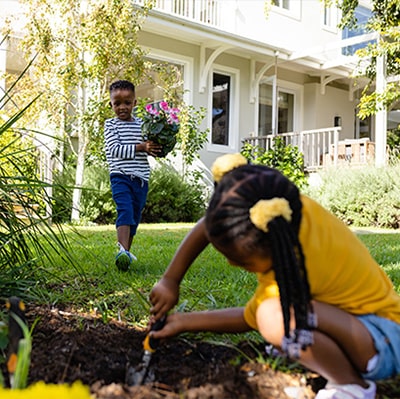Pest Identification
You're visiting our pest identification library with information about the biology and control of common household pests.
Gnat
| Appearance |
|---|
 Tiny flies ranging from 1 mm to 1/4-inch; black or brown, with very long thin legs and wings. Tiny flies ranging from 1 mm to 1/4-inch; black or brown, with very long thin legs and wings. |
| Habitat |
| Rotting logs and similar fungi- and mold-laden settings are ideal places for gnats to breed in nature. Indoors, they are attracted to the soil in potted plants. When plants are overwatered, molds in the soil provide a breeding medium for gnats. Gnats are not dangerous to humans, although most people find them annoying. |
| Diet |
| Molds and fungi that thrive in damp areas. |
| Control |
| The key to controlling gnats is finding the breeding sites and then drying them out sufficiently to stop the growth of the molds in which gnats breed. The top inch of soil in potted plants should be turned over several times a day to dry it out. Plants should be watered only when necessary and their soil should be well-drained. Wet wood and areas that have suffered leaks should be replaced and/or allowed to dry thoroughly. |






